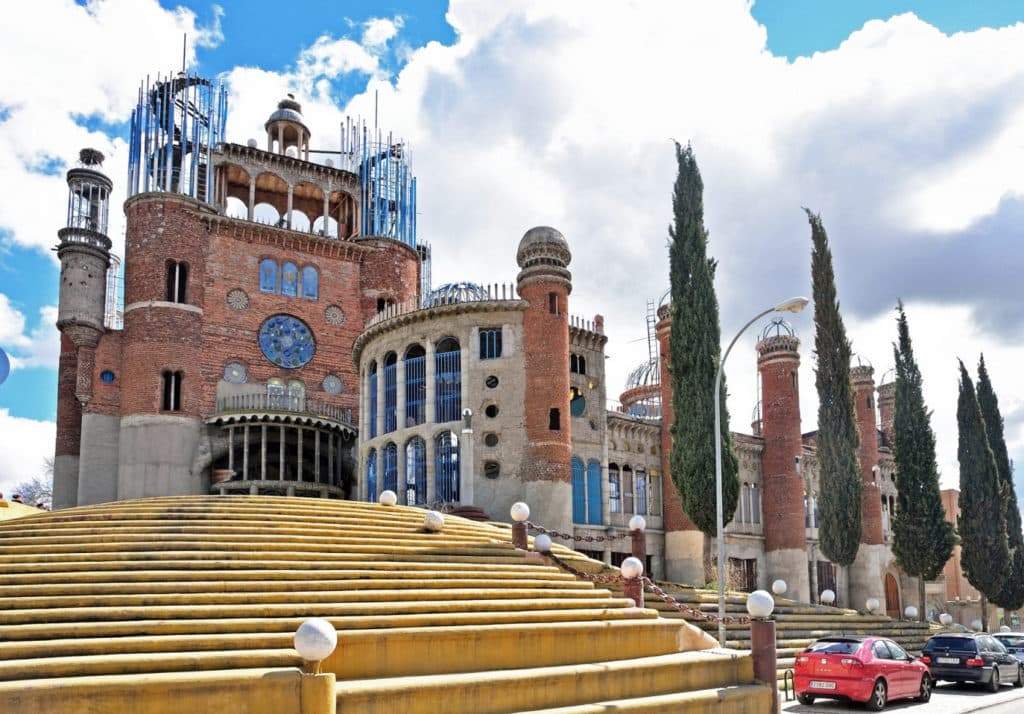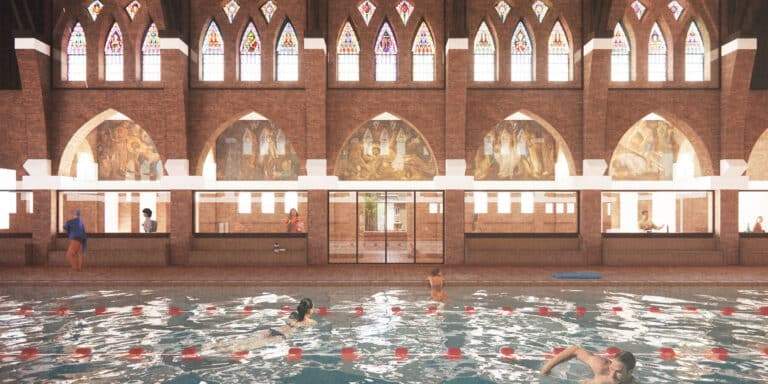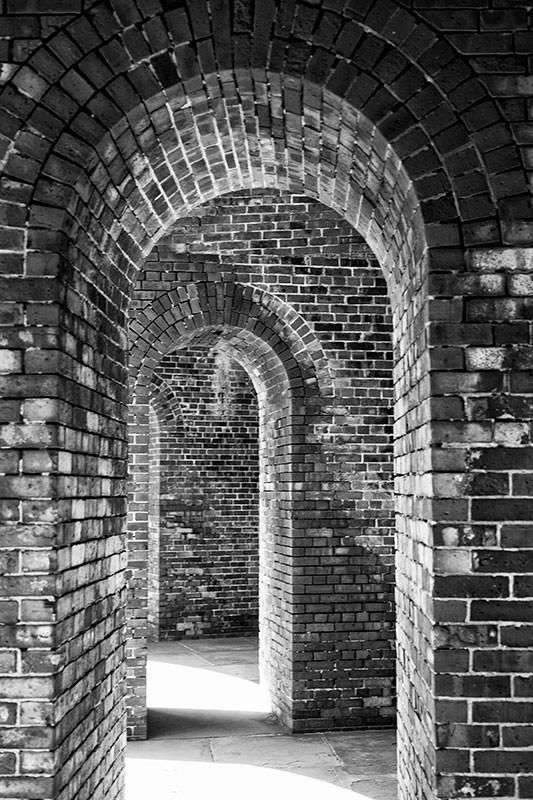1. Rising prominently above a modest suburb located about 20 kilometers east of Madrid, the Cathedral of Justo Gallego stands as a symbol of faith in Mejorada Del Campo. The grand entrance steps lead visitors from the aptly named Calle de Antonio Gaudi, signaling the approach to a truly distinctive architectural endeavor. Known as the “Cathedral of Faith,” this structure commands the landscape with its impressive 125-foot dome, which can be seen from miles around.
The Cathedral of Justo Gallego is an extraordinary creation made from repurposed materials, blending elements of a medieval ruin, a salvage yard, and a remarkable architectural achievement. Its founder and sole resident, Justo Gallego, recently passed away at the age of 96, leaving behind a remarkable project that has invigorated the local community, transformed the area into a tourist destination, and attracted international interest over the past fifty years.
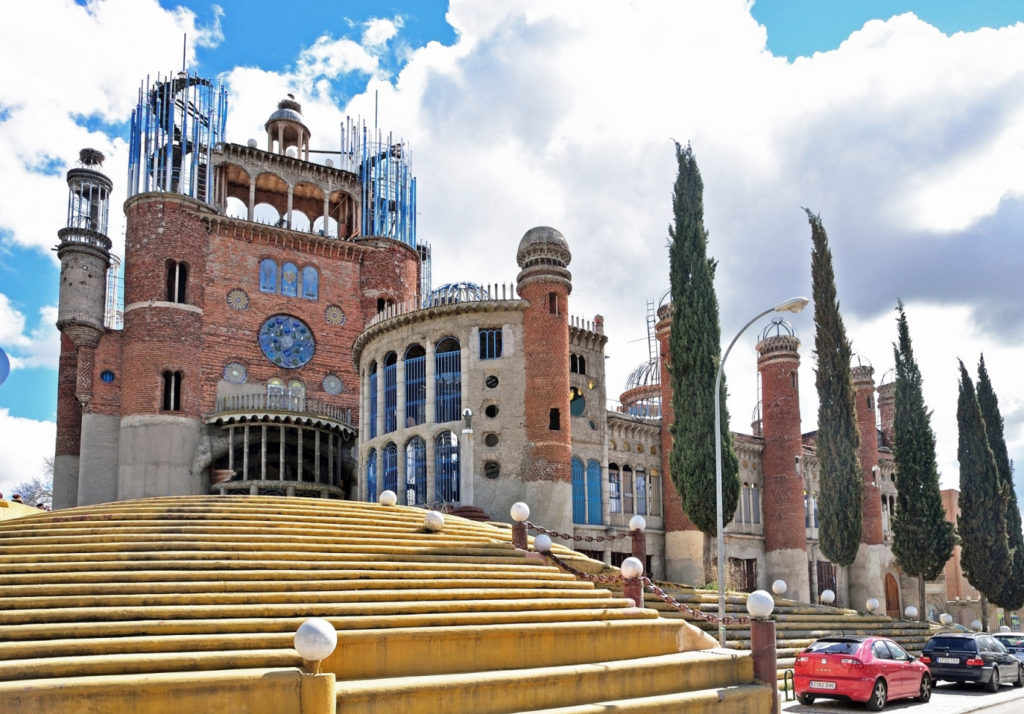
Justo Gallego Martínez was born on September 20, 1925, into a farming family in Mejorada del Campo. At the age of 27, he entered a Trappist monastery located in the northern province of Soria.
However, after eight years, he was compelled to leave due to a tuberculosis diagnosis, which posed a risk of infection to the other monks. Those who knew him during this time, including a fellow monk who studied alongside him, described him as someone who “fasted and worked excessively,” expressing concern for his well-being, particularly regarding his mental health.
After his recovery from tuberculosis in a hospital in Madrid, Justo returned to his hometown and resolved to transform his family’s agricultural land into a place of worship.
Motivated by gratitude for his survival, he began laying the first stones in 1961. He regarded this endeavor as a manifestation of faith aimed at restoring religious architecture to a classical style characterized by spiritual harmony and proportion.
The villagers considered him eccentric, questioning how a man with limited education and resources could possibly build an entire cathedral on his own. They referred to him as “El loco de la catedral,” firmly believing that he would not succeed.
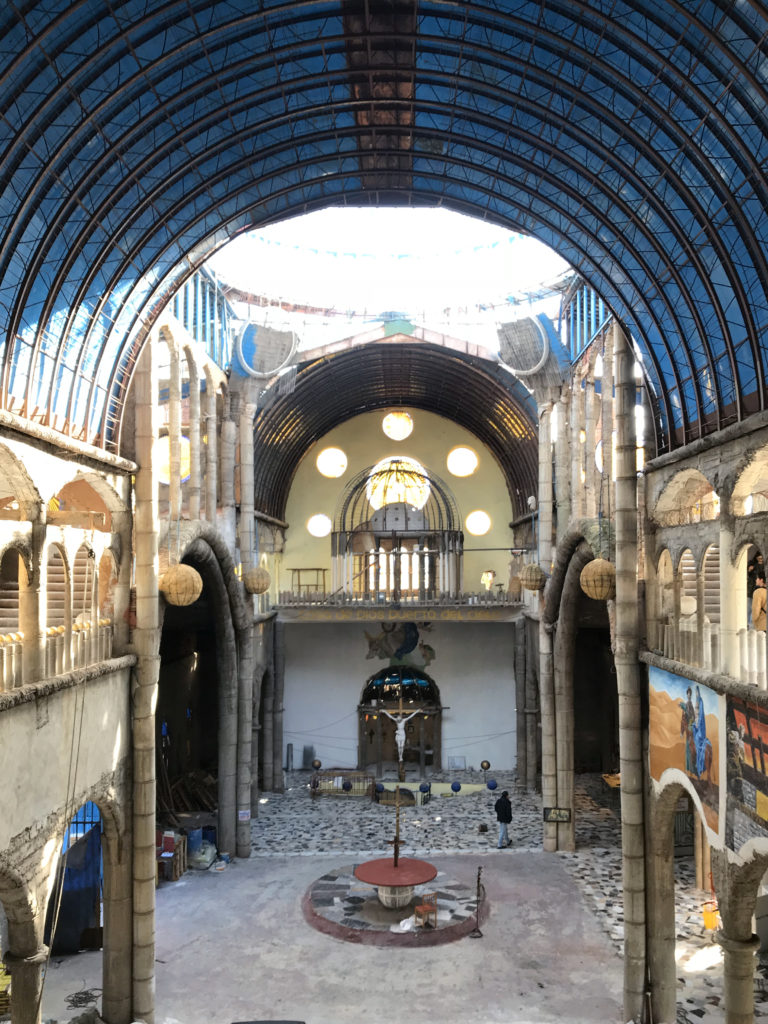
In opposition to prevailing public sentiment, Justo dedicated himself relentlessly, often in solitude, to the creation of a cathedral complex over a span of 60 years, all without the aid of architectural plans or a comprehensive design. The gradual emergence of the structure astonished the local community. Primarily constructed from reclaimed materials, the expansive 50,590 square foot (4700 square meter) complex eventually included a crypt, two cloisters, 12 towers, and 28 cupolas.
The decorative features throughout the complex incorporated repurposed items such as old tires, ceramic fragments, and discarded metal cans. Cracked bricks and exposed metal rebar were creatively transformed into design elements, imparting a raw, precarious aesthetic that visually connected to the materials sourced from nearby factories and construction sites.
Justo was committed to utilizing recycled materials to realize his vision, engaging in a naturally evolving process of improvised architectural design. As various materials arrived at the site, his conception of each construction element adapted accordingly. By repurposing old car tires, bicycle wheels, and surplus bricks, he effectively functioned as a one-man salvage operation, breathing new life into otherwise discarded materials.
This approach stood in stark contrast to the architectural field’s tendency toward meticulous planning, which can stifle the spontaneous creativity inherent in the design process. Justo’s adaptive design philosophy fostered a circular economy within the region.
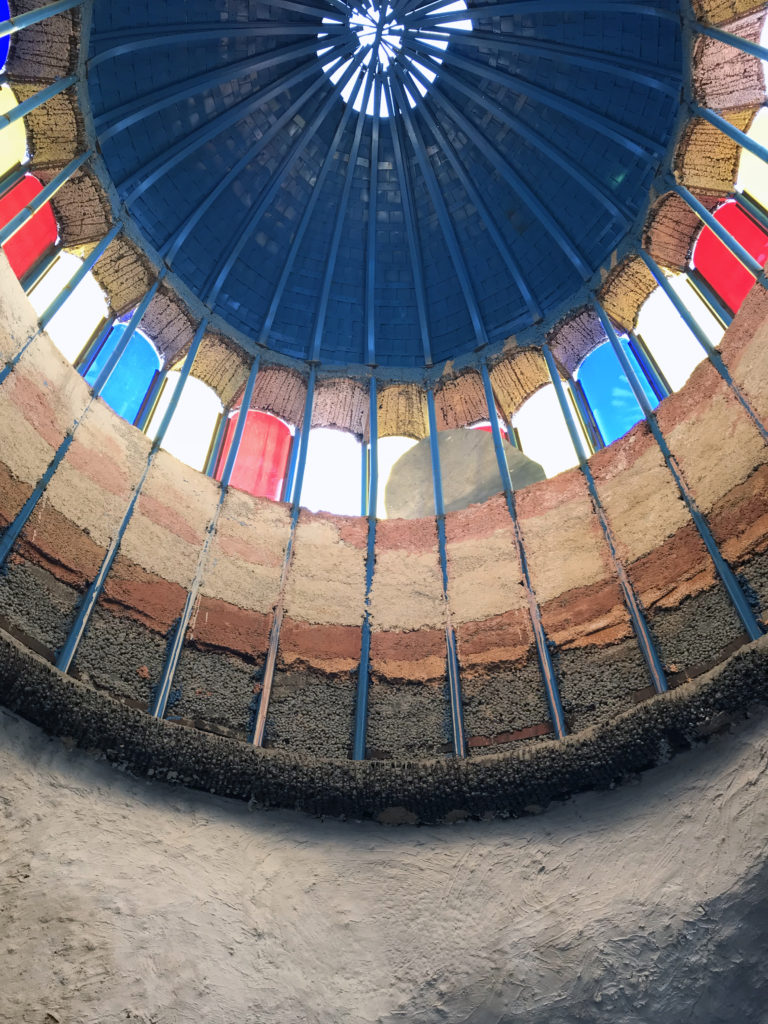
Justo contended that his unwavering faith and resolve compensated for his absence of formal training in architecture or engineering. His sole equipment consisted of a winch for lifting stone blocks and planks, and he remained undeterred by critics who labeled his endeavor as the work of an eccentric monk. “The only blueprint exists in my mind, evolving day by day,” he stated.
Although the project faced significant criticism for being hazardous and lacking the necessary planning permissions, local Spanish authorities chose to overlook it, with neither the Mejorada del Campo town council nor the Catholic Church willing to assume responsibility. As time passed, Justo emerged as a source of inspiration within the community, reminiscent of another unfinished religious edifice in Spain that has historically divided local opinion.
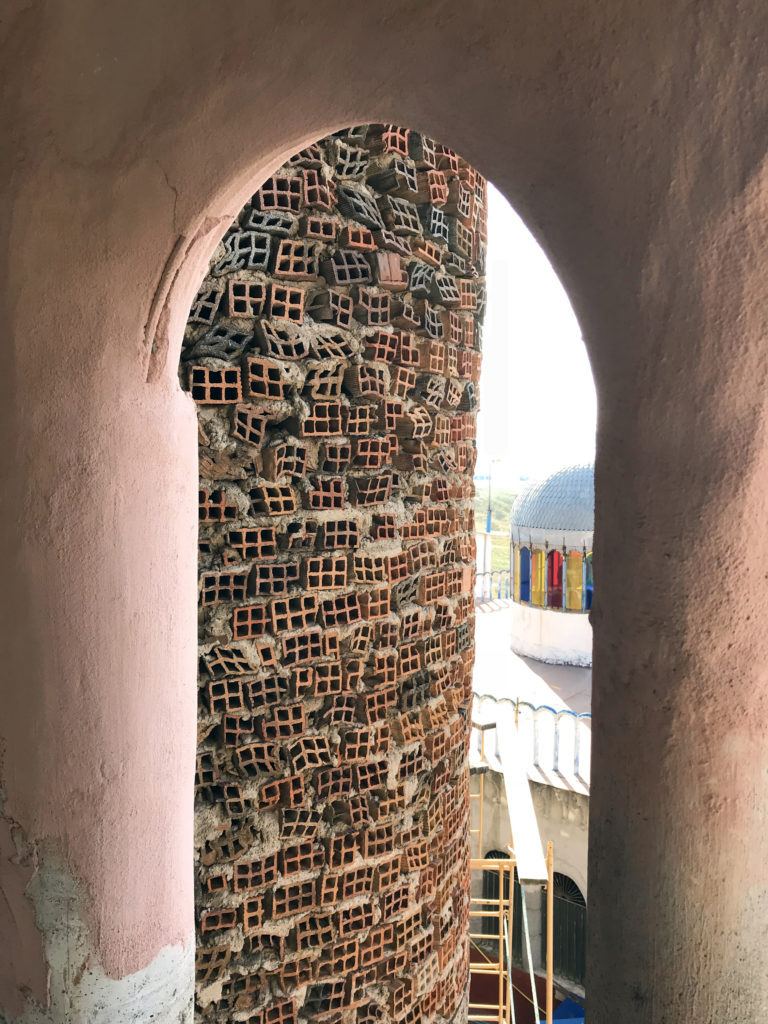
I had the privilege of visiting the Cathedral in 2018 while Justo was still alive and actively working. As we explored the expansive spaces, being mindful of our steps, I observed Justo moving thoughtfully through areas at various stages of completion.
We acknowledged each other’s presence, and he graciously invited us to explore upon our arrival, yet we remained respectful visitors, careful not to disrupt his work.
During our tour, Justo unexpectedly gestured for us to follow him down a staircase. We entered a dimly lit underground room, its dark plastered walls featuring unusual spherical paper mâché decorations. Amidst a clutter of cement bags, tools, and paint buckets, there was a long, deep rectangular excavation in the ground.
Above it hung a simple wooden crucifix, and a shovel rested nearby. This was the place where Justo envisioned his final resting spot, a self-constructed crypt, once he could no longer continue his building endeavors.
Following his passing in late 2021, local officials stated they could not honor his wish, as the crypt did not comply with Spanish sanitary regulations. Consequently, he was interred in the cemetery of Mejorada del Campo.
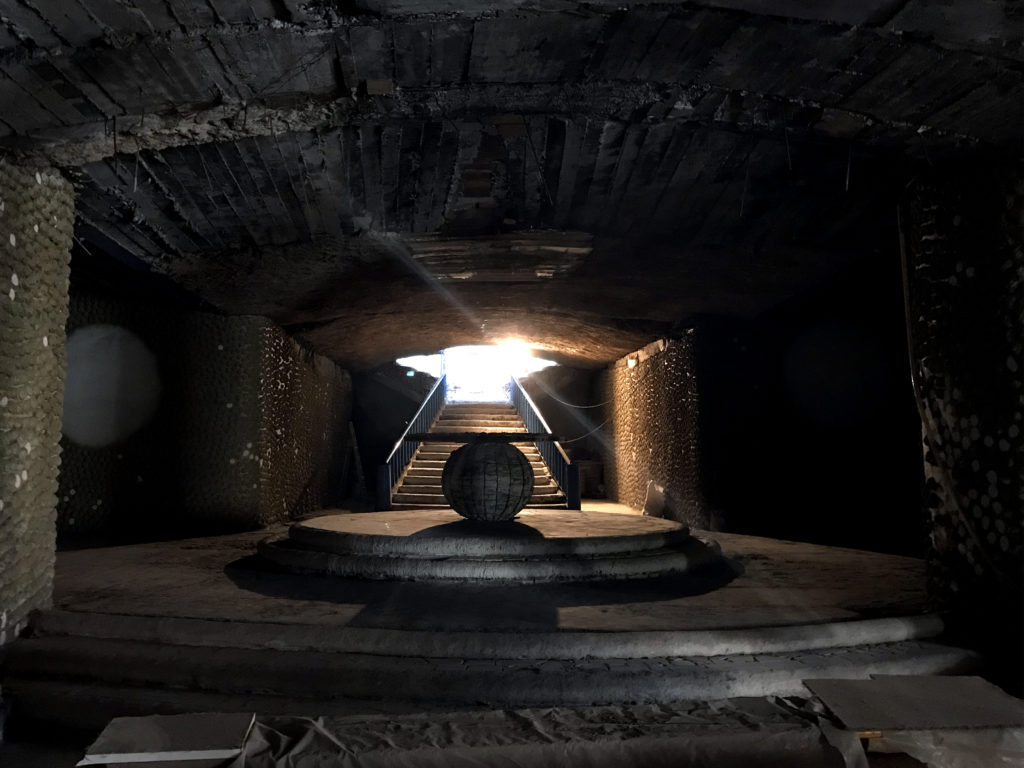
The absence of adequate documentation, such as architectural plans, safety certifications, and essential permits, hindered the realization of this building’s intended purpose in both life and death. However, focusing solely on this aspect may overlook a deeper significance.
Although Justo’s creation may never serve as an active site for communal worship, one cannot help but admire the unwavering determination of an individual whose faith underscores the idea that we are all evolving, continuously working to enhance ourselves and the environments we inhabit.
One individual, in particular, was inspired by Justo’s vision. Following his passing, the cathedral was entrusted to Father Ángel, the president of Mensajeros de la Paz, who aims to complete the project as a tribute to Justo’s legacy.
Recently, a structural engineering firm engaged by Father Ángel assessed the building and confirmed its safety and structural integrity, increasing the likelihood of its completion.
Additionally, the City Council of Mejorada is currently reviewing the application for the building to be recognized as a BIC (Asset of Cultural Interest) by the Community of Madrid, with the goal of ensuring the cathedral’s preservation for future generations.

The future of this cathedral remains uncertain, yet there are valuable lessons to be drawn from Justo. The Cathedral of Justo Gallego prompts us to reflect on the essence of completing a project and emphasizes the significance of the journey rather than merely the outcome.
It was the unwavering dedication of one individual that allowed him to rise above the distractions of architectural and religious communities in his quest for truth. Regardless of whether it ultimately gains recognition as a place of worship, Justo’s determination serves as an inspiration for everyone – reminding us that we are all evolving, striving to make the most of our circumstances.

